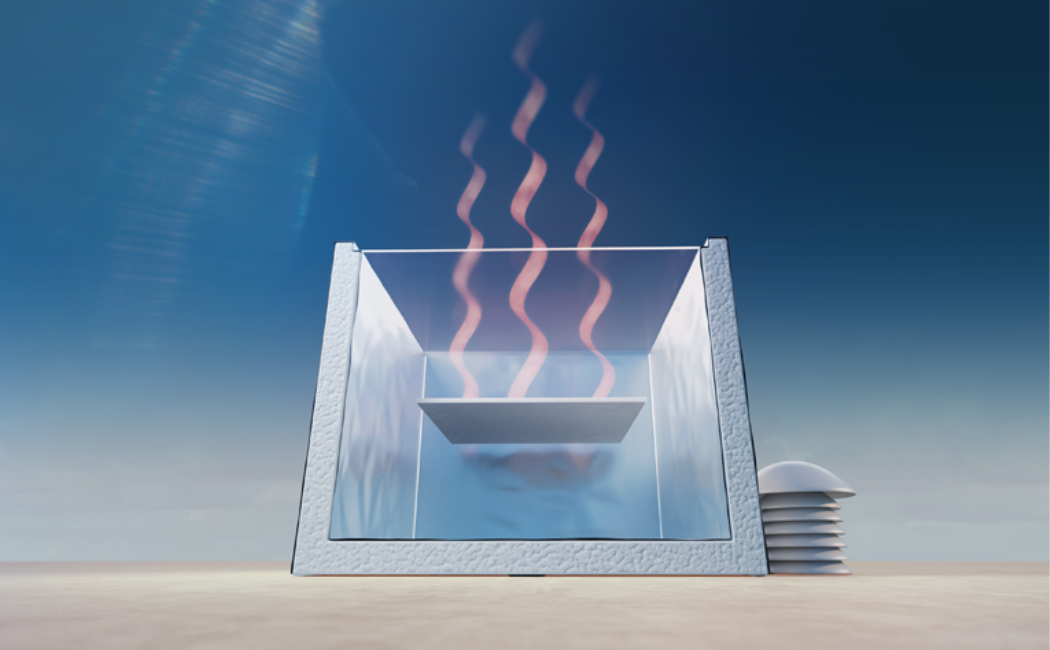

LATEST
NEWS

29 August, 2023
Radiative-cooling devices offer electricity-free cooling by radiating heat that is not absorbed by the atmosphere, instead escaping the Earth's atmosphere to outer space. © 2023 KAUST; Xavier Pita.
In a world experiencing increased heat stress, a zero-carbon-emission cooling technology that consumes no electricity, operating instead by shedding heat directly into outer space, would be a groundbreaking advance. However, poor standardization and a lack of transparency is hampering this promising technology, known as radiative cooling. Best practice guidelines, outlined by KAUST leading radiative-cooling researcher Qiaoqiang Gan, could help set the research field back on track.
Radiative-cooling devices offer electricity-free cooling by radiating heat within a narrow wavelength range called the atmospheric transparent window. Within this window the heat is not reabsorbed by the atmosphere and instead escapes into space, which, at three degrees above absolute zero, acts as a vast heat sink and readily soaks up the emitted heat. “The technology is particularly attractive to address local cooling needs in Saudi Arabia,” Gan says.
Many materials display radiative cooling at night. “The key challenge is to achieve cooling to below ambient temperatures while under direct sunlight,” Gan says. “One must simultaneously minimize the heating effect of solar absorption while maximizing thermal emission in the atmospheric window.” Despite the challenge, there is rapidly growing interest in this sustainable cooling technology due to its potential to counter the impact of global warming.
However, there are numerous potential pitfalls when testing and reporting new radiative cooling materials, Gan notes. As radiative cooling uses the sky as a heat sink, most experiments are conducted in the local outdoor environment. “Due to uncontrollable weather conditions and variations in measurement settings, it becomes challenging to compare and comprehend the actual cooling performance of different technologies, and so to identify the best strategies among the various radiative cooling designs being studied,” Gan says.
Read more at KAUST Discovery.